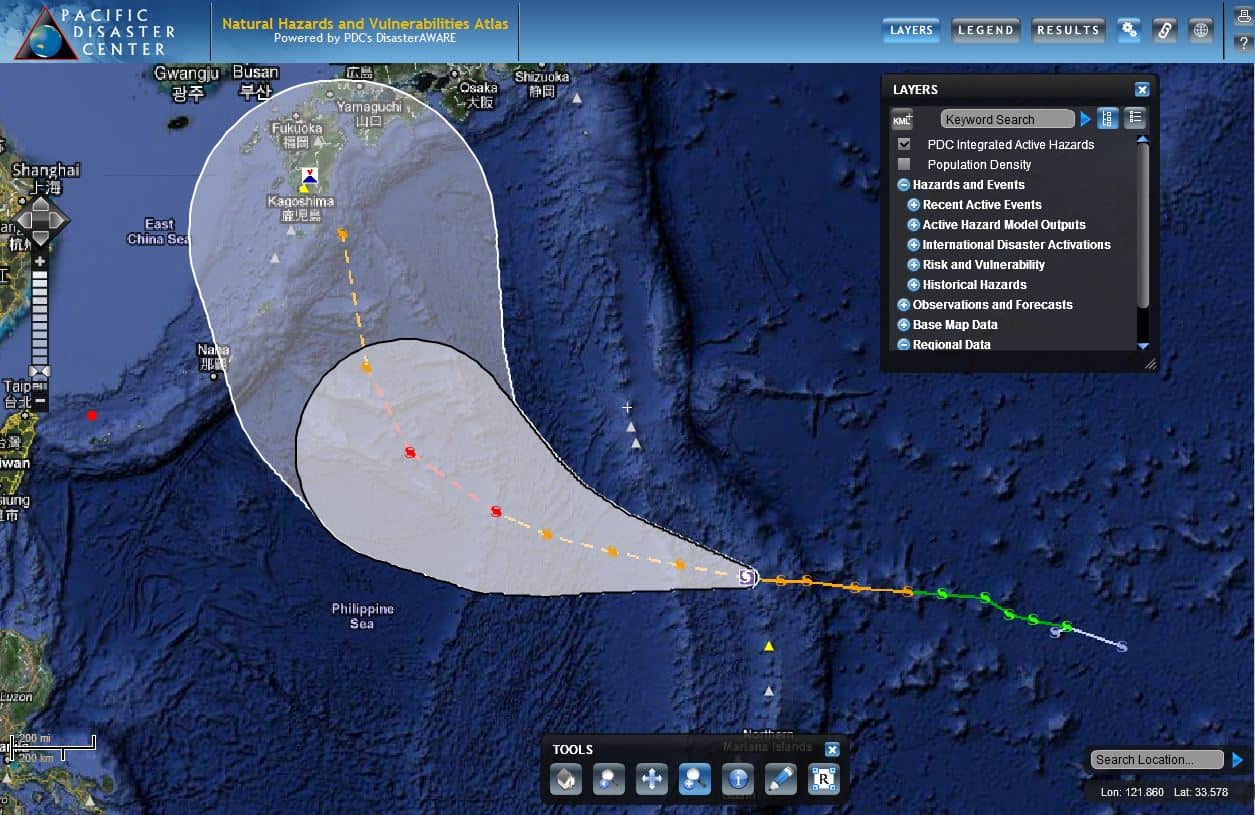Lightning Rescue 2013 (LR13) was led by the National Emergency Management Office (NEMO) of the Republic of Palau and supported by the United States Army Pacific (USARPAC), which was the lead agency for this activity in earlier years. The three-day tabletop exercise, held August 27-29, focused on multi-agency coordination during the response and recovery phases of a major Pandemic Influenza/Infectious Disease (PI/ID) emergency. LR13 was conducted from Palau Community College and the Centers for Disease Control in Koror. The exercise gave participants the opportunity to strengthen relationships and enhance understanding of the roles and jurisdictions of various agencies while testing the effectiveness of operations, recovery plans, and the division of responsibilities. Although the theme of this event was PI/ID, many of the lessons learned can be applied in response to any hazard impact.
Representatives from the government of Palau; the Commonwealth of the Northern Mariana Islands (CNMI); the U.S. Centers for Disease Control and Prevention (CDC) in Atlanta, Georgia; many U.S. Department of Defense agencies; and Pacific Disaster Center (PDC) were actively involved in LR13. The scenario-based exercise focused on a “mass die off” of indigenous long-tail macaques monkeys. The scenario generated discussion topics related to medical-emergency preparedness and response, land- and sea-based supply distribution processes, and strategic national stockpiles.
Working with USARPAC, PDC supported LR13 by providing relevant information and special training to participants, including emergency managers and medical professionals. PDC BioSurveillance and Epidemiology Specialist Dr. Kyle Hathaway shared information on integrating authoritative disease-incident and health-warning data into PDC’s DisasterAWARE decision support platform, linking animal and vector data with human health information. PDC Liaison to USPACOM and USARPAC Lara Payne served as a subject matter expert throughout the exercise, and provided briefings and demonstrations of PDC’s Emergency Operations (EMOPS) system, a customized version of DisasterAWARE for disaster managers. Payne also provided individual EMOPS trainings to representatives from of Palau’s Ministry of Health and Ministry of Justice, as well as Palau Public Safety.
Follow-up to this exercise may include training on BioServ and DisasterAWARE in Guam for the 36th Air Wing Response Group. A separate LR13 exercise was also conducted in American Samoa September 24–27, 2013.
For more information on this event:
• Read an article in Palau’s Island Times,
• Visit the Palau National Emergency Management Office site, and
• Learn more about PDC’s BioServ application.





